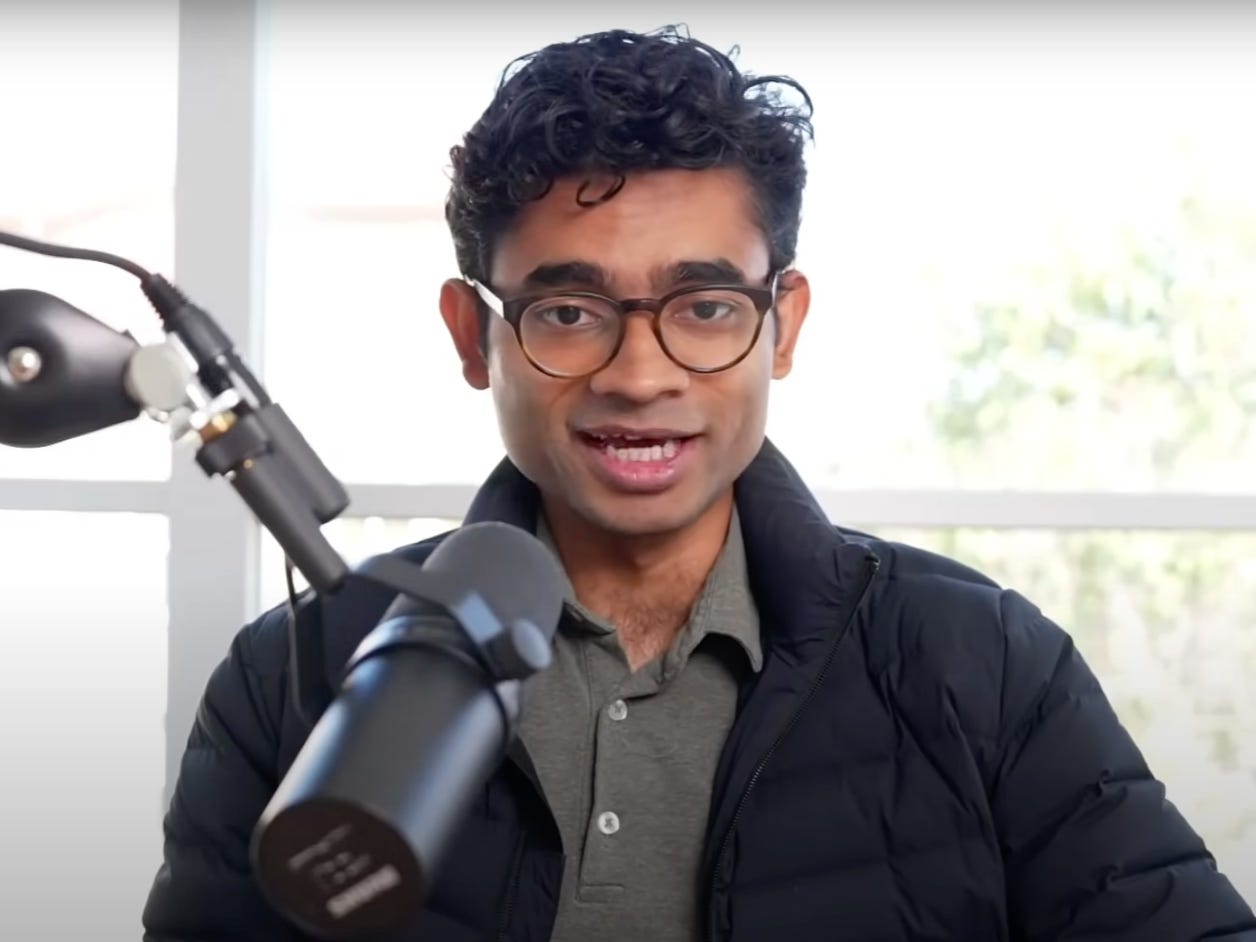What if the primary danger to your company doesn’t come from an anonymous cybercriminal, but rather from the everyday technology and tools you depend on? Cybersecurity goes beyond merely setting up firewalls and using strong passwords; it involves thriving in an environment where online dangers adapt more quickly than protective measures do. The game has shifted, leaving behind those businesses still relying on obsolete security strategies.
The field of cybersecurity is undergoing transformation. AI-powered threat detection, zero-trust architectures, and forward-looking security strategies have become mandatory rather than just options. Businesses across the globe are embracing adaptable security approaches to tackle advanced cyber threats, adhering to changing regulatory requirements and leading industry norms. However, as these dangers get increasingly intricate, firms find themselves grappling with the rapid pace of technology evolution. Who will step up to address this issue and spearhead the future advancements in cybersecurity?
To address this question, we have
Rahul Nagraj
. With a history of groundbreaking accomplishments in the field of cybersecurity, Nagraj has played a crucial role in establishing new standards for corporate security. As an
Senior IEEE member
, he has been instrumental in reshaping cybersecurity strategies through various initiatives. Notably, he played a key role in achieving NIAP certification for Bastelle’s Fusion Center, which guarantees adherence to governmental standards of cyber security. Possessing more than ten years of expertise, he presently holds the position of Director of Engineering at
Bastille
, propelling progress in RF security forward. Beyond his credentials, he offers insightful guidance that shapes international standards for security protocols.
In addition to these responsibilities, Nagraj has received recognition from various industry organizations. His expertise in cybersecurity trends and best practices has also led to his contributions being highlighted in articles discussing such topics, including one particular piece where he shared his perspectives.
Corporate Safety and Radio Frequency Hazards
Evaluating the latest advancements in security technologies, Nagraaj states, “Cybersecurity is not solely focused on thwarting attacks; it’s also about predicting them.” He further emphasizes, “The true difficulty lies in getting ahead of potential threats before they become actualized.”
Innovation as a Strategic Advantage
The distinction between stagnation and advancement in cybersecurity hinges on innovation. Nagraaj led the way for Bastille Fusion Center’s NIAP certification, marking a significant achievement that allowed Bastille to obtain federal government contracts and broaden its role in national security systems.
“NIAP certification goes beyond being merely a formality; it confirms a product’s capability to resist actual threats,” explains Nagraj. “Securing this certification demanded an extensive comprehension of security architecture, thorough testing, along with significant cooperation with laboratories approved by NIAP.”
The certification process included adopting stringent encryption methods like TLS 1.2 paired with AES-256 encryption, utilizing x509 certificates for verification purposes, and establishing solid access restrictions. Furthermore, comprehensive logging systems, detailed audit tracks, and measures against reverse engineering were incorporated to enhance overall security.
What does this mean? It signifies a substantial increase in Bastille’s market presence, guaranteeing adherence to federal security protocols and facilitating ongoing development within an industry that values unparalleled trustworthiness and dependability. The firm’s impressive three-year revenue surge of 1252%, highlighted in the Inc. 5000 ranking, highlights the financial benefits brought about by these advancements in cybersecurity.
The Path to Industrial Overhaul
At the heart of cybersecurity’s development lies a change in how businesses gauge success. It’s not only about defending against threats but also about building resilience, being adaptable, and mitigating potential risks before they occur. Organizations that invest in forward-thinking security measures are safeguarding more than just their resources—they’re ensuring the long-term strength of corporate security. Acknowledging this trend, Rahul Nagraj’s impact goes further than mere technological advancements; his knowledge has earned him acclaim across major industry forums. He serves as a judge at the
Globee
At cybersecurity awards ceremonies, he has assessed pioneering developments within the sector, underscoring the necessity for stringent security protocols. His efforts persistently influence discussions about corporate safety, helping businesses stay proactive against new vulnerabilities.
By 2029, the global cybersecurity sector is expected to be valued at $376 billion, with an annual growth rate of 13.4%, indicating a heightened requirement for sophisticated protective measures. Additionally, more than 80% of businesses have encountered at least one intrusion linked to weaknesses in external supplier networks, emphasizing the critical need for proactive protection strategies.
Adding to the complexity, AI-generated deep fakes are increasingly being used for phishing and identity fraud, undermining traditional authentication methods. Major security firms are integrating AI-driven identity verification to counteract these emerging threats, ensuring that cybersecurity measures evolve alongside adversarial techniques. In parallel, leading cloud providers are embedding predictive analytics into security operations to detect zero-day vulnerabilities before they are exploited, marking a shift toward proactive defense mechanisms.
“The businesses that will lead tomorrow are those making the right security investments today,” says Nagraj. “With cyber threats evolving at an exponential rate, staying ahead requires more than just best practices—it demands strategic foresight and technical excellence.”
As the industry faces escalating risks, leaders like Nagraj remain committed to driving innovation. By prioritizing advanced threat detection enabled byAI-powered security analytics, he is not just responding to change—he is defining it. His approach is rooted in deep technical expertise, as demonstrated by his scholarly publication in a paper titled “
Algorithms for Noise Reduction in Digital Signal Processing for Wireless Image Transmission Systems
In this study, Nagraj investigates the application of Kalman filtering to minimize signal distortions—a contribution that mirrors his overarching dedication to accuracy, dependability, and smart system development within security tasks.
The Future is Now
The upcoming years will shape the subsequent stage of cybersecurity. As organizations widely adopt AI-powered security measures, zero-trust models, and radio frequency (RF) threat reduction techniques, companies adopting these innovations will find themselves well-prepared for what lies ahead. Conversely, those failing to keep up will confront increasing vulnerabilities. At the vanguard of this shift is Rahul Nagraj, who combines extensive knowledge with pioneering developments to offer security solutions that are not merely timely but indispensable.
Forward-looking enterprises are already taking action. They’re integrating AI-powered threat detection systems to catch anomalies in real-time. They’re embracing zero-trust architectures to eliminate implicit trust and validate every access request. They’re enhancing RF and IoT security to protect an ever-expanding attack surface and making continuous investments in emerging technologies—solutions engineered to evolve in lockstep with today’s rapidly changing threat landscape.
“Nagraj asserts, ‘We do not await the arrival of the future; we construct it,’ adding, ‘And this is only the beginning.'” He emphasizes that the cyber security industry is undergoing transformation, and companies taking action immediately will shape its trajectory.

